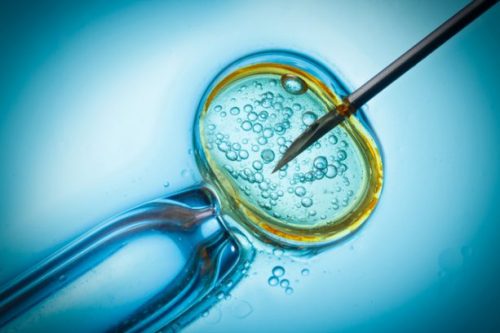Implantation after In vitro fertilization

Implantation takes place between 1 and 5 days after a blastocyst transfer. If you didn’t have a day-5 transfer, your implantation window is 6 to 10 days after egg retrieval. Stay at home. Take it easy. Don’t stress. Be anywhere except the office. This is your time.
Blastocysts.
Research says blastocysts have higher implantation rates than younger embryos. You need great embryos (and a receptive uterus) to maximise implantation after IVF. Sure, your doctor will tell you day-3 embryos can make it. But if your embryos develop into good-quality blastocysts, things may turn out better. Transfer a hatching or expanding blastocyst and implantation is even more likely.
How your embryos develop is, of course, out of your control. But just be aware that top-grade embryos boost your chances. If you’re over 40, the plain truth is that donor eggs and embryos deliver the best implantation rates. Putting in two, where each embryo has an equal chance of implanting, may be a risk worth taking when you’re older. Talk to your doctor and ignore the one-at-a-time brigade.
Get your lining in shape.
Implantation can’t happen if your endometrial lining is too thin. It’s vital to check how your lining is thickening during an IVF cycle. 7 mm is the target on transfer day, but 8 mm or more is optimal. If you’re having donor eggs, donor embryos or a frozen embryo cycle, you’ll be on estrogen. Check your lining thickness at least 4 days before you’re due to start your progesterone.
Implantation foods.
The reason it’s dangerous to fixate on specific foods around implantation is that they may cause more harm than good. They detract you from what you should be doing: eating a balanced diet from at least three months before your fertility treatment starts. Avoid processed foods, limit your sugar, eat good carbohydrates, add in oily fish twice a week, don’t neglect proteins and pulses, take a daily multivitamin with folic acid.
Your uterus loves progesterone. Take the right one.
Progesterone makes your uterine lining super-receptive. Taken from egg retrieval day, it prepares your endometrium to receive your embryos in style. Progesterone create an optimal environment for implantation.
Bleeding? Could be good news.
Implantation bleeding after an IVF cycle is common. Look out for a little light spotting – a pink or brown discharge – in the days just after your transfer. If it’s accompanied by mild cramping, things may really be going your way. Whatever happens, don’t stop your meds. Do a pregnancy test on the day you should (not before) to find out.
Have a scratch – your uterus will love you.
Endometrial scratches are becoming popular – and the research is looking promising. In the days leading up to the menstrual bleed at the start of your IVF cycle, a surgical scratch of your uterine lining may prime your womb for implantation. Ask your clinic if they’ll do it. If you’re having a hysteroscopy, time it right and have an endometrial lining scratch at the same time.
Relax
Hot baths and implantation don’t mix. Or at least, there’s some evidence that sitting in hot water for long periods isn’t a good idea. So play safe: have quick, two-minute, warm showers and abandon the bubble bath for a few weeks. Relaxation is key – just don’t do it in the tub around implantation time
Good luck!
